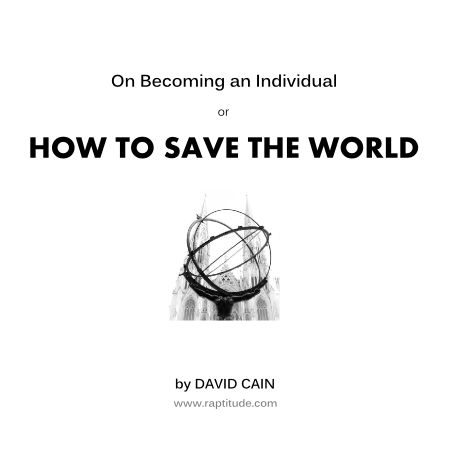
October 14th, 2019 — Researchers discover the cure for procrastination. Tens of millions of stalled projects move forward at once. The economy explodes with productivity. Everyone finally learns Spanish and joins Crossfit. Publishers become inundated with manuscripts of brilliant novels. Facebook’s share price plummets. Humanity is saved.
Of all the topics I’ve written about, none created such an outpouring of “Oh my God that’s me!” emails as my experiment on procrastination. It seems like most people believe they have a particularly bad problem with procrastination. If a cure were introduced into the population, the release of pent-up personal energy might be more than the world could withstand. Imagine the shock wave of organized closets and used copies of War and Peace.
So I post this knowing there is a risk of bringing on a productivity apocalypse.
The experiment itself was actually disastrous. It peaked about twenty-four hours in. After what turned out to be a single day of ideal productivity, things began to point downhill, and my problem got steadily worse. My thirty-day campaign of improvement turned into a four-month debacle. It went so perfectly wrong, my progress report is hilarious to read.
Readers have been asking where I finally ended up with my procrastination issue. Ironically, once the experiment spat me out, I immediately began to improve. I had so thoroughly immersed myself in my bad habits that they became conspicuous to me whenever I was doing them, and today I’m about eighty times better.
During the experiment, and in the three years since, I’ve tried all kinds of things to overcome procrastination. Most of my strategies didn’t work, but some absolutely did and still do. In my experience, here’s what works. Read More


 I'm David, and Raptitude is a blog about getting better at being human -- things we can do to improve our lives today.
I'm David, and Raptitude is a blog about getting better at being human -- things we can do to improve our lives today.
Funny, but for me getting myself to exercise is million times easier than getting myself to meditate. About two years ago I changed my habits completely, started going to the gym, started doing new sports, started going on walks etc. because I quickly saw the benefits of movement and the...